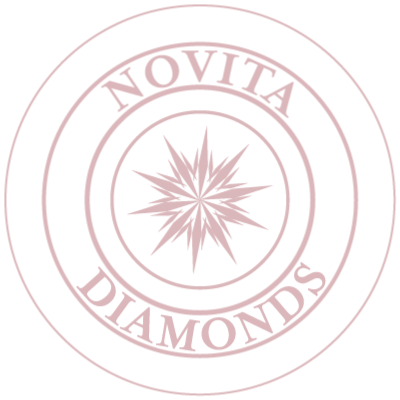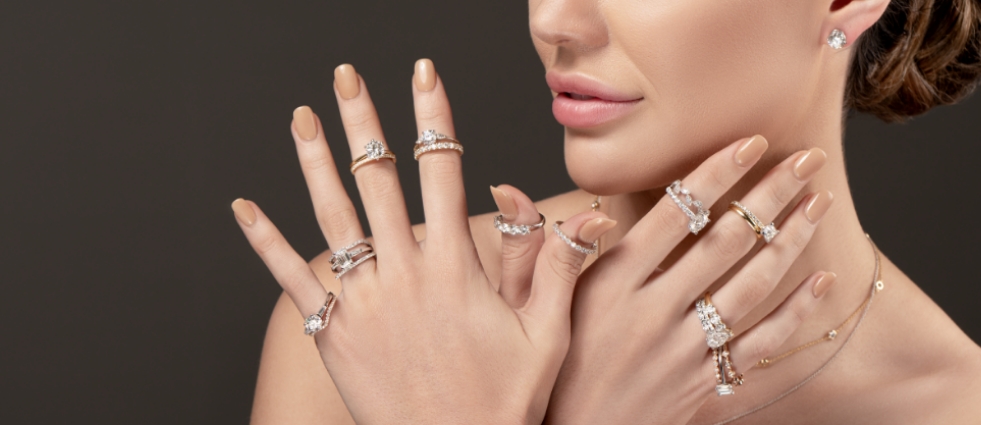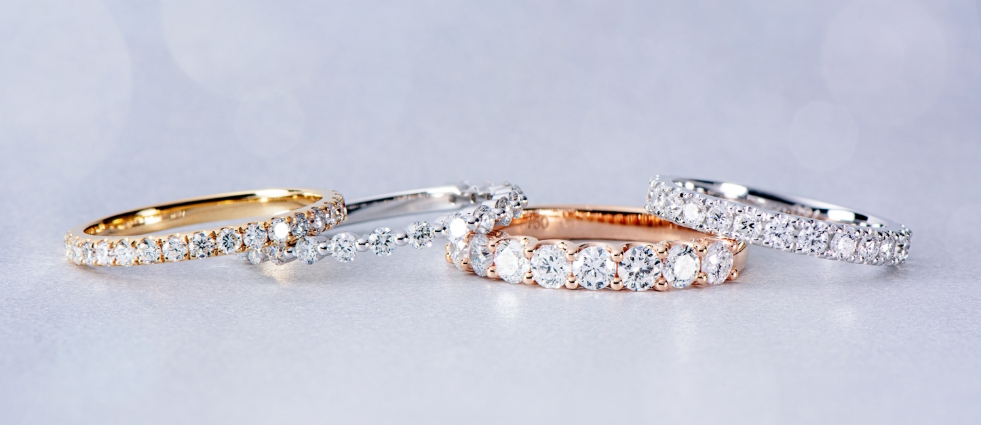The topic has been on our radar for quite some time and is one we would like to dive into and explore in more depth. In more than a few blogs, you will see a variation of "Mined diamonds hold their value well" repeated. It may surprise you that all of them are covertly backed by the dying mined diamond industry as a last-ditch attempt to shift public perceptions to a more favourable position. In recent years, however, the monopoly enjoyed by the mined diamond industry has finally come to an end.
As with any monopoly, the end of it brings about a revitalisation that benefits consumers and markets, and in the case of mined diamonds, even the planet. As a result of technological advancements, industries are experiencing seismic shifts, which forces key players to adapt or risk extinction. Basically, there has never been a better time to buy an engagement ring than now.
AN INVESTMENT IS ONLY AS VALUABLE AS SOMEONE ELSE IS WILLING TO PAY FOR IT!
Throughout history, the price of an item, service, or investment has been determined by the time-tested economic principle of supply and demand. In spite of the complexity of our global cashless economy and burgeoning cryptocurrencies, that principle remains demonstrably true today.
We will provide you with an in-depth examination and analysis of this topic in this article, which has been carefully crafted by industry leaders. Additionally, we will identify the major factors influencing the resale price of mined diamonds.
Environmental factor.
Due to the growing effects of global warming around the globe, younger consumers are becoming increasingly committed to finding environmentally friendly alternatives to help combat climate change. Consequently, mined diamonds are being viewed with increasing disfavour because of the significant environmental damage they cause, resulting in the loss of animal habitats, contamination of drinking water, and deforestation. With a simple google search for "diamond mine images", prospective customers can see the extensive amount of destruction mined diamonds leave behind on their way to the jewellery store.
Ethical perspective.
In the context of mined diamonds, ethical and environmental considerations go hand in hand since they are so intertwined that they are almost like two sides of the same coin. In addition to their previously mentioned ecological crimes, the diamond mining industry is well documented for exploiting slave labour in their mines. For a long time, their actions had no consequences as they made sure to operate in impoverished and corrupt African countries with no oversight. This led to the term “blood diamonds” being synonymous with mined diamonds to signify the human cost of mining them. Moreover, because of the systemic corruption and greed in the diamond industry, it is near impossible to conclusively determine whether diamonds labelled "conflict-free" were really mined without using enslaved people.
It is no surprise that all these appalling sufferings and destructions associated with mined diamonds make them unappealing to the conscientious customer. We can expect this trend to continue in the future as younger and more informed consumers enter the market. The question is, why would anyone want to honour their love and commitment to another person with a mined diamond that is responsible for suffering for so many when a lab grown diamond is not only more affordable but also truly "conflict-free."
Dee Beers mountain piles of mined diamonds.
At this point, it is an open secret in the industry that Dee Beers holds an undeclared and hidden stockpile of billions of dollars worth of diamonds. There are far-reaching consequences to this ridiculous fact, and it plays a vital role in our forecast. As we have detailed in our other articles, Dee Beers monopolised and engineered the diamond prices for nearly a century by forcefully capturing up to 95% of all diamond supplies in the world and only releasing a small trickle of diamonds at exorbitant prices. By single-handedly controlling the supply, they accumulated unimaginable wealth to the detriment of everyone else.









